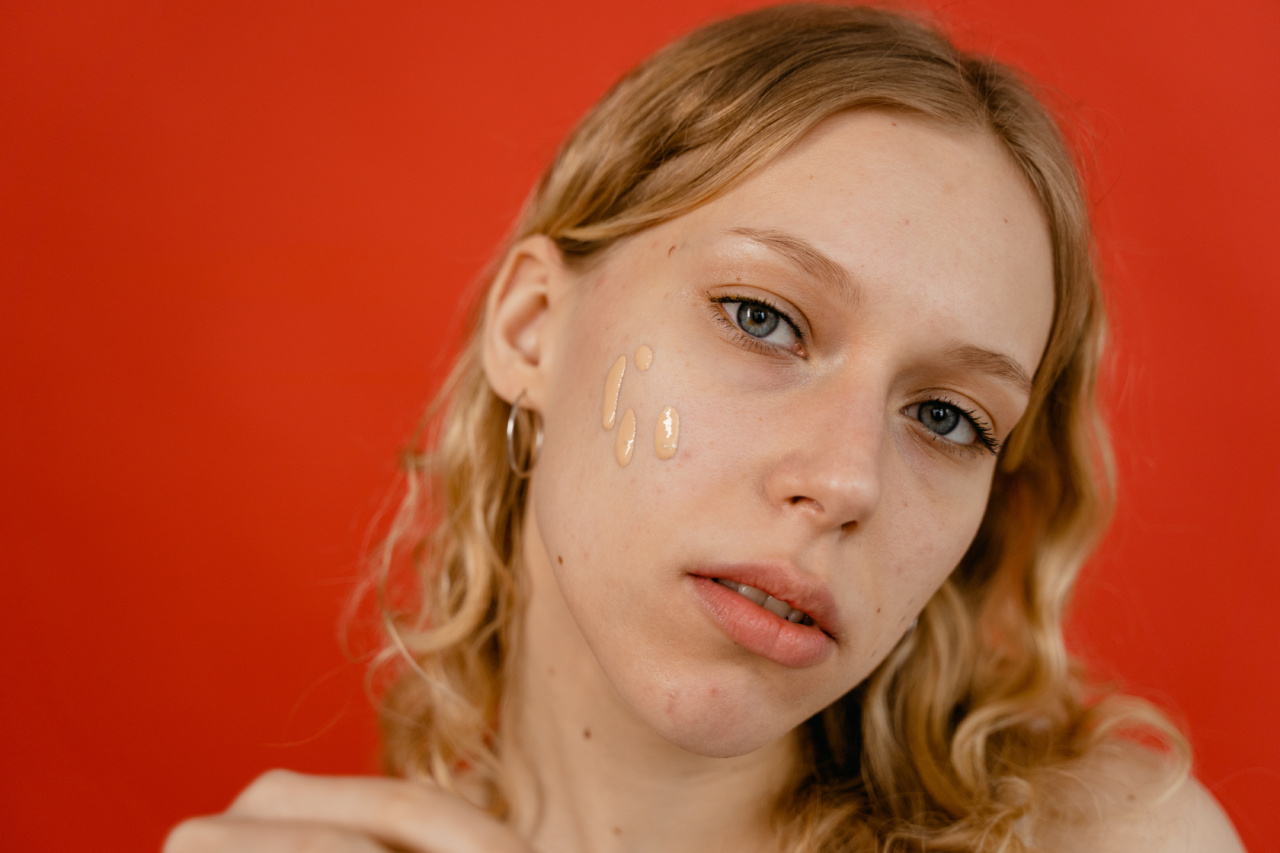Our skin is not just the largest organ in our body; it also serves as a mirror reflecting the health of our internal systems. Pale or yellowish skin tone can indicate an array of underlying health issues that may require medical attention.
While it is crucial not to jump to conclusions based solely on the appearance of one’s skin, understanding the potential causes of pale or yellowish skin can help identify and address health concerns early on.
What Causes Pale or Yellowish Skin?
There are several factors that can contribute to the development of pale or yellowish skin:.
Anemia
Anemia is a condition in which the body lacks enough healthy red blood cells to efficiently deliver oxygen throughout the body. The decrease in red blood cells can cause the skin to appear pale or even yellowish.
The most common cause of anemia is iron deficiency, but it can also result from other nutrient deficiencies, chronic illnesses, or hereditary conditions.
Liver Dysfunction
The liver plays a crucial role in filtering toxins from the body. When the liver is not functioning properly, it can result in a buildup of bilirubin, a yellow pigment produced during the breakdown of old red blood cells.
This buildup can lead to a yellowish discoloration of the skin and the whites of the eyes, a condition known as jaundice.
Jaundice
Jaundice can occur due to various factors such as liver disease, hepatitis, gallbladder dysfunction, or blockage of the bile ducts.
It is important to consult a healthcare professional if the skin appears yellowish, as jaundice is often a sign of an underlying health issue.
Thyroid Disorders
Thyroid disorders, such as hypothyroidism or hyperthyroidism, affect the production of hormones that regulate metabolism. These disorders can cause changes in skin tone and texture.
In the case of hypothyroidism, the skin may become pale and dry, while hyperthyroidism can lead to a yellowish tint.
Lack of Sun Exposure
The sun plays a vital role in the production of vitamin D, which is essential for maintaining healthy skin. Limited sun exposure can result in a pale or yellowish complexion.
However, it is important to balance sun exposure with proper sun protection to avoid the harmful effects of UV radiation.
Malnutrition
Poor nutrition can lead to a range of health issues, including pale or yellowish skin. Insufficient intake of nutrients like vitamins A, B12, or folate can affect the production of healthy red blood cells and lead to paleness.
Additionally, chronic conditions like celiac disease or Crohn’s disease can impair nutrient absorption and contribute to skin discoloration.
Dehydration
When the body does not receive enough fluids, it can become dehydrated. Dehydration can cause the skin to appear pale, dry, and lackluster. It is essential to maintain adequate hydration levels by drinking enough water and fluids throughout the day.
Heart or Circulatory Conditions
Heart or circulatory conditions can affect blood flow throughout the body, leading to pale or yellowish skin.
Conditions such as heart failure, low blood pressure, or poor circulation can result in inadequate oxygen supply to the skin and cause it to lose its healthy color.
Kidney Problems
The kidneys play a crucial role in filtering waste products from the blood. Kidney dysfunction or kidney failure can cause a buildup of waste and toxins in the body, leading to various symptoms, including pale or yellowish skin.
Chronic Illnesses
Certain chronic illnesses, such as autoimmune diseases or inflammatory conditions, can contribute to pale or yellowish skin.
These conditions often impact the body’s immune responses, hormone levels, or nutrient absorption, resulting in changes in skin tone.
Conclusion
Pale or yellowish skin should not be ignored, as it can be an indicator of underlying health conditions.
It is important to consult with a healthcare professional if you notice any significant changes in skin tone, especially if accompanied by other symptoms. Early detection and proper medical intervention can help address the root cause of pale or yellowish skin and improve overall health and well-being.






























